pv magazine: With rising prosperity, Asia is emerging as the main market for energy consumption. What is the optimal power generation mix to support the region’s rapid development?
Having a balanced generation mix with a diversity of fuel [types] remains key to meeting Asia’s energy demand with reliable baseload generation.
Governments across Asia understand the energy portfolio is further strengthened by investments in distributed generation, transmission and distribution to enable different components of the power system to work holistically.
With foresight, they are investing in integrated power infrastructure as they rebalance their energy portfolios to meet universal electrification and carbon emission reduction goals. The impact of new consumption drivers such as electric vehicles [EVs] and data centers elevate the urgency of energy transition success.
An integrated power infrastructure takes advantage of different generation, transmission and distribution technologies to help utilities overcome the pitfalls of aging infrastructure assets while meeting rising customer demand for energy that is renewable and reliable.
While rising demand for clean and sustainable energy has made this one of the most dynamic moments in the history of power supply, the reality is that conventional power generation remains a cost-effective baseload mainstay for most developing economies as governments strive to electrify populations in remote areas.
As governments gradually shift away from adding new coal capacity towards gas-to-power and renewables generation options, combined-cycle gas turbines are stepping up to serve as the baseload generation technology for most countries going forward with a healthy mix of renewable energy.
What scope do you see for microgrids and storage in ensuring reliable and resilient supply of quality power for disconnected areas?
Regional governments have discovered that grid-connected generation may be ideal but at the same time there is a role for distributed power generation as well.
Distributed power generation incorporating renewable energy sources, or microgrids, offers autonomous energy that is efficient, reliable and environmentally friendly for places that are prone to natural disasters or have little infrastructure.
Microgrids and hybrid systems ease dependence on the national grid while enabling a more reliable and consistent supply of power by stabilizing fluctuations in output from the intermittent renewable resources. By optimizing output and reducing variability, these systems improve the bankability of renewable energy projects. Utilities and independent power producers will have to hone in on business models that allow them to scale up microgrid solutions for wider penetration.
At the same time, increasing the deployment of renewables requires complimentary developments in other areas of Asia’s feedstock mix. While significant investments in battery storage will be central in helping renewable energy become a major contributor to Asia’s baseload power generation, investing in conventional power remains critical in providing cleaner, affordable energy in Asia for the medium term. The ability to quickly ramp up makes gas-fired generation a reliable baseload buffer for intermittent renewable sources of power.
Moreover, upgrading and expanding existing transmission and distribution infrastructure to absorb renewable energy and changes in [the] generation mix of renewable and conventional energy, is core to most countries’ energy transition success as they aim for reliable and resilient supply of power.
How can grids prepare for the issues arising from a variable energy mix?
As Asia refines its power generation mix to incorporate a diversity of fuel, it is tapping on digitalization, automation, analytics and other high-tech practices to gain a holistic view of the power infrastructure to increase efficiencies and reduce overhead costs.
Digital transformation is critical to address the growing demand in electrification driven by new technologies such as EVs.
India is one country that is upgrading its grid to accommodate such new technologies. The focus on EVs in the 2019 Union Budget will improve the longer-term outlook for EV sales, placing new demands on the grid.
It is widely expected that solar—especially roof-top solar—will play a significant role in powering charging sites. The ability to generate, manage and store power—from both renewable and grid sources—makes microgrids a likely element of much EV charging infrastructure.
When more renewable energy is integrated, gas peakers and energy storage technologies will play a key role in addressing grid stabilization and peak load management in a holistic manner.
The other way to address system reliability concerns is to invest in smart grids. Digital integration of demand management and forecasting algorithms for renewable energy generation can improve grid management.
Regional governments are turning to digital technology and smart grids to optimize the impact of individual technologies. Analytics offer competitive advantages that drive lower-cost and higher-value solutions plus better-managed project execution.
The large quantity of data collected by smart sensors is particularly useful for renewable energy applications. As wind and sunlight affect power generation production, sensors and smart grids ensure that renewable energy plants are operating to their optimal potential. This promotes grid stability and addresses the intermittent nature of renewables.
How big is the opportunity for grid-scale storage?
Asia’s demand for power will continue to grow, and renewable energy is anticipated to play a significant role in meeting that demand.
In India, renewable energy’s share of installed capacity is forecast to rise to 43% by 2027. A record 74% of the total capacity added in India during 2018 was renewables: 50% solar, 12% wind, with the rest comprising small-scale hydro, biomass and waste-to-energy. All of these are mature technologies, so opportunities include optimisation of existing assets as well as new capacity.
Thailand has amended its Alternative Energy Development Plan 2018 to increase the ratio of electricity generation from renewable energy sources to 29,358 MW by 2037.
Malaysia has committed to increasing the installed capacity of renewable energy from 2% in 2018 to 20% by the year 2025.
To address the intermittent nature of renewable energy, opportunities lie in hybrid energy systems incorporating multiple forms of generation, coupled to energy storage and management technologies.
Hybrid systems allow surplus power generated when the sun shines and the wind blows, to be captured and then distributed when demand peaks or when the weather is unsuitable for solar or wind generation.
A hybrid plant’s advanced power management system can assist the distribution company in efficient grid management through real-time monitoring of ramps, peak shifting and matching of load and generation profiles.
Battery energy storage systems are critical in stabilising the grid when a significant amount of renewable energy is integrated. These systems will enable a more reliable and consistent output from the combined facility.
Regional governments are signalling their support for energy storage opportunities through investments and policies. India’s budget, for example, discussed support for lithium battery.
What are the potential risks that digital transformation of grids brings along?
While it is true that technology helps to improve utilities’ operational efficiencies through digitalization and the Internet of Things, productivity and resilience, it is also making networks more vulnerable to cyberattacks.
To mitigate this risk, respondents to our 2019 Black & Veatch Strategic Directions: Electric Report identified security education and training as the top need when it comes to managing organizational cybersecurity and physical security, followed closely by managing and optimizing security products and platforms.
Given most of the energy demand is coming from densely populated cities in Asia, what are the emerging opportunities for renewable energy developers?
Utilities in Asia are investing in renewable energy plants that can be integrated into existing power grids or function as standalone facilities in the pursuit of universal electrification and sustainability.
One area of emerging opportunity for renewable developers is floating solar systems. Floating solar systems, or floatovoltaics, refer to the deployment of PV panels on the surface of water bodies.
With solar energy generation requiring large areas for PV panels to be laid, floating solar systems present a solution that can address land acquisition issues effectively. The business case for floating solar technologies is strong in markets that are balancing high population density and competing uses for available land.
The World Bank estimates the global potential of floating solar to be 400 GW.
This content is protected by copyright and may not be reused. If you want to cooperate with us and would like to reuse some of our content, please contact: editors@pv-magazine.com.
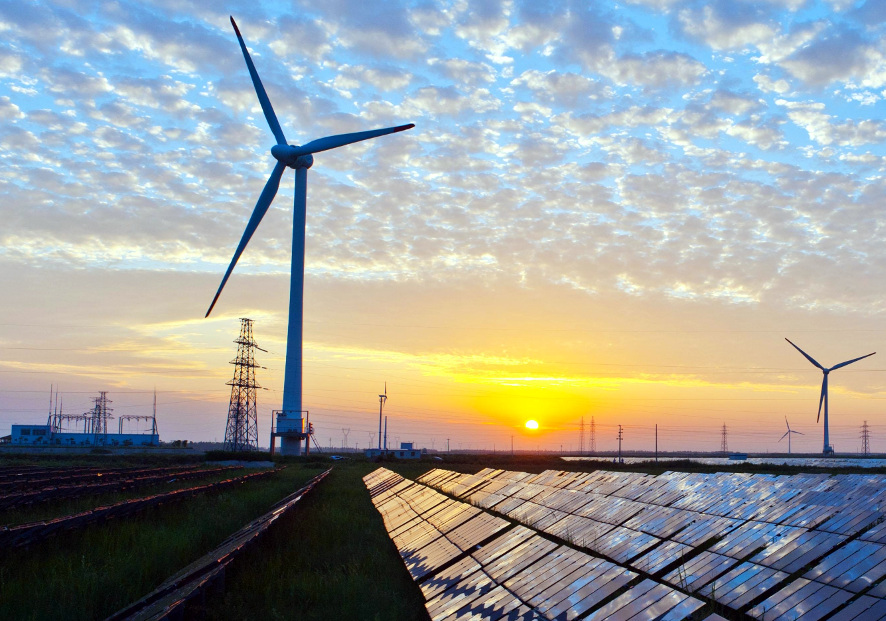
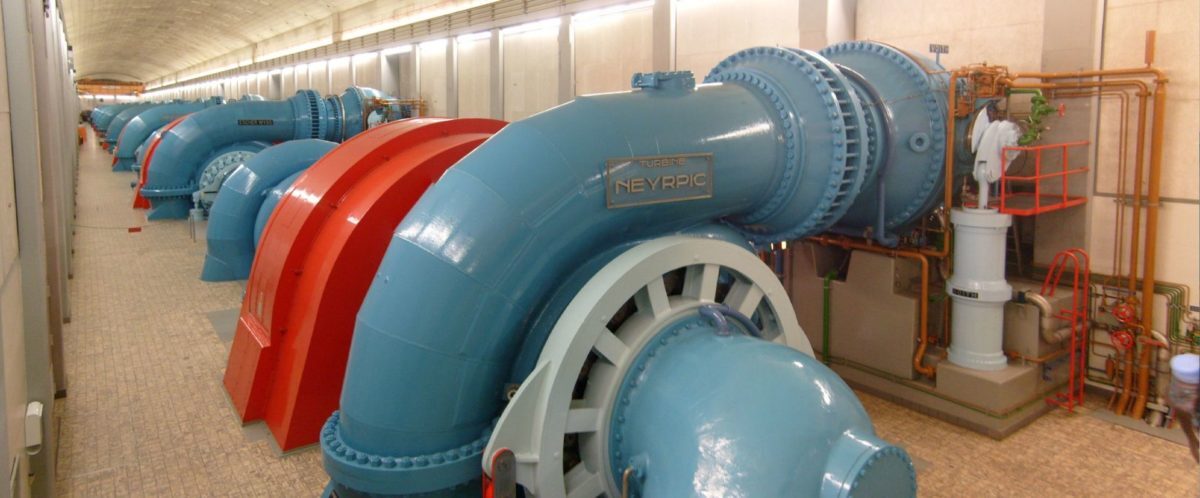


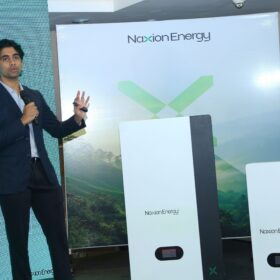
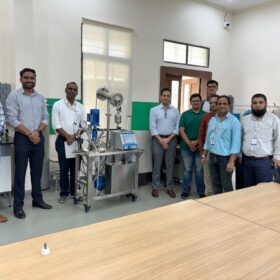
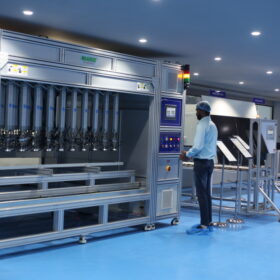
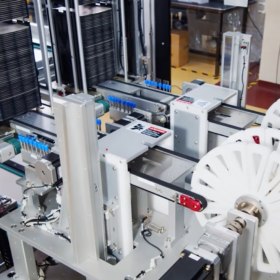

The information is crucial. and figure out the different unknown facts. It also gives the knowledge of floating Pv batteries on water. The use of the electric vehicle is a new concept, particularly in India.
Thanks
Sanchit